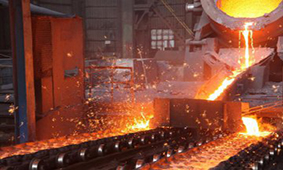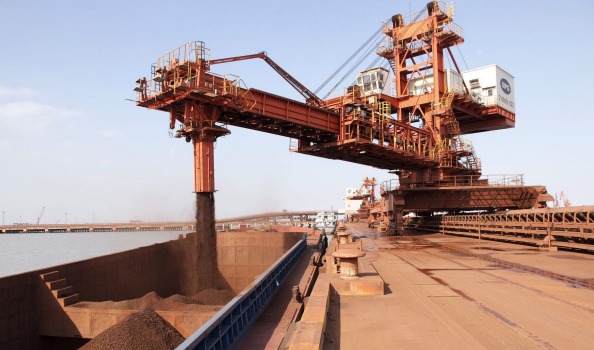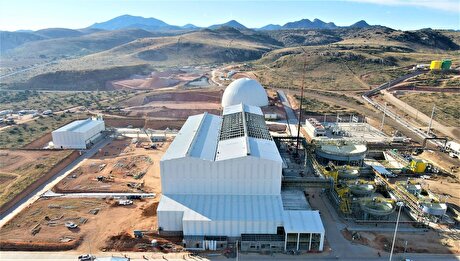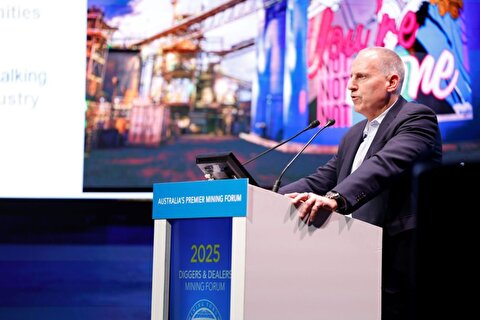
China iron ore use, steel output seen peaking in 2018

Chinese crude steel output will peak at 886mn t in 2018 and then decline to 861mn t in 2019 and 842mn t in 2020, the Australian government's commodity forecaster the Office of the Chief Economist (OCE) said.
The OCE's predictions may undershoot actual output this year. China produced 617.4mn t of crude steel in January-August, up by 5.8pc from a year earlier, while output has been over 80mn t/month since May. The Australian government's forecast implies production will slow to around 67mn-68mn t/month in September-December.

The OCE expects a deeper cut in steel output as a result of autumn-winter output restrictions this year than in 2017, basing its prediction on an earlier proposal by China's environment ministry to reduce blast furnace output by 30-50pc in October-March. But Beijing has recently rejected that proposal and allowed these cities to set their own output limits, which may lead to a smaller cut in output compared with last year.
China steel consumption is expected to increase by 2.8pc to 810mn t this year on the back of strong real estate activity in smaller Chinese cities and Beijing's fiscal stimulus. But consumption is projected to decline in 2019 and 2020 to 794mn t and 776mn t respectively.
Morgan Stanley is forecasting China's demand for iron ore to peak this year and then slide from 2019 onwards because of a fall in crude steel output and increased use of scrap in steelmaking. China's total iron ore demand will hit 1.2bn t in 2018 and then gradually decline to 1.1bn t by 2023, it said.
Morgan Stanley expects China's domestic iron ore output to maintain a 16pc market share, despite the decline in overall iron ore demand. This will reduce China's imports of the raw material and pressure import prices in the medium term.


Barrick’s Reko Diq in line for $410M ADB backing

Pan American locks in $2.1B takeover of MAG Silver

US adds copper, potash, silicon in critical minerals list shake-up

Gold price gains 1% as Powell gives dovish signal

Gold boom drives rising costs for Aussie producers

Giustra-backed mining firm teams up with informal miners in Colombia

Energy Fuels soars on Vulcan Elements partnership

China extends rare earth controls to imported material

Galan Lithium proceeds with $13M financing for Argentina project

Kyrgyzstan kicks off underground gold mining at Kumtor

Kyrgyzstan kicks off underground gold mining at Kumtor

KoBold Metals granted lithium exploration rights in Congo

Freeport Indonesia to wrap up Gresik plant repairs by early September

Energy Fuels soars on Vulcan Elements partnership

Northern Dynasty sticks to proposal in battle to lift Pebble mine veto

Giustra-backed mining firm teams up with informal miners in Colombia

Critical Metals signs agreement to supply rare earth to US government-funded facility

China extends rare earth controls to imported material

Galan Lithium proceeds with $13M financing for Argentina project

Kyrgyzstan kicks off underground gold mining at Kumtor

Freeport Indonesia to wrap up Gresik plant repairs by early September

Energy Fuels soars on Vulcan Elements partnership

Northern Dynasty sticks to proposal in battle to lift Pebble mine veto

Giustra-backed mining firm teams up with informal miners in Colombia

Critical Metals signs agreement to supply rare earth to US government-funded facility

China extends rare earth controls to imported material

Galan Lithium proceeds with $13M financing for Argentina project

Silver price touches $39 as market weighs rate cut outlook

















